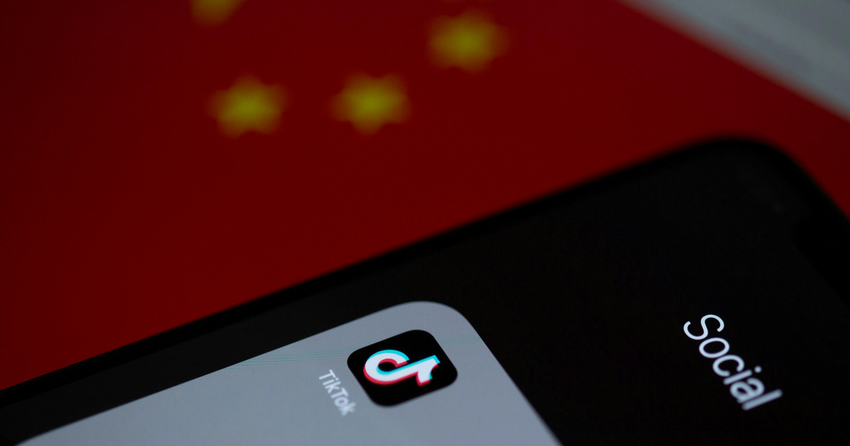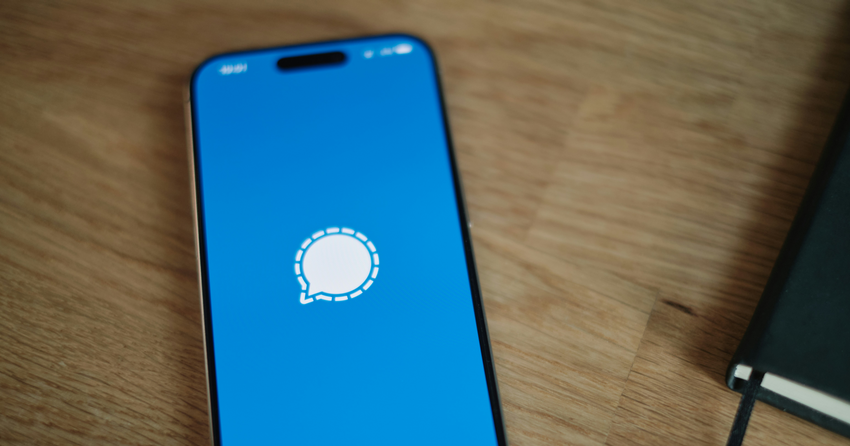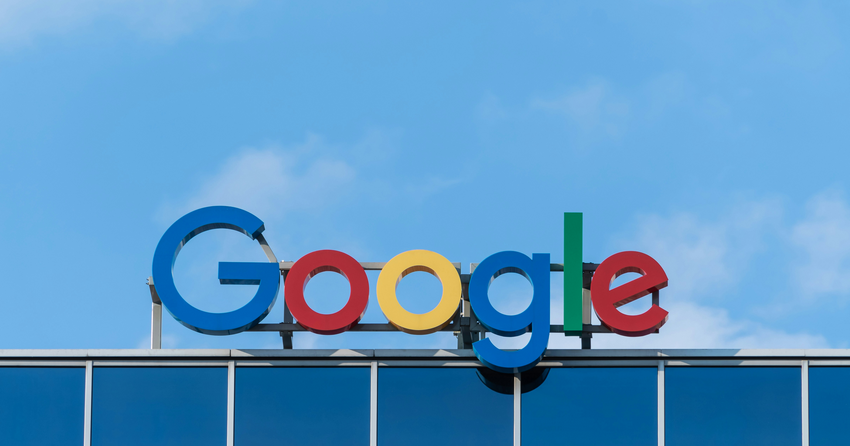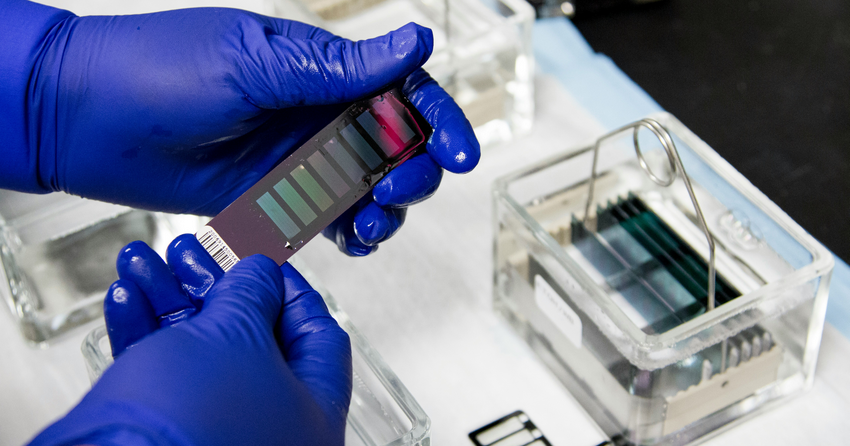
Google Adds Generative AI Support in Vertex AI
Google introduced generative AI capabilities to Vertex AI, its cloud-based machine learning platform. This change will make advanced generative AI models accessible to individuals, small businesses, and a broader audience.
Previously, only trusted testers from the data science and engineering world had access to these capabilities. Vertex AI comes with various pricing options to accommodate different needs and budgets.
Vertex AI harnesses the power of Google’s current models. Codey, Imagen, and PaLM 2 feature capabilities for generating various forms of content, including chat, text, text embeddings, images, and code. Codey and PaLM2 are making their debut in Google’s Model Garden, a depository of Google’s and Google’s partners’ foundation models.
The new models will also be available in Vertex AI’s low-code Generative AI Studio. This platform allows non-tech-savvy individuals to integrate Google’s multimodal foundation models into apps. It removes the technical barriers often associated with AI, enabling the general public to make use of its power.
Users can determine which model to use for specific tasks based on their content generation abilities. Activated with natural language prompts, PaLM 2 is one of the most notable models that users can access through Vertex AI. It has advanced multilingual reasoning and can build ChatGPT-style multi-turn chat experiences, generate and classify text, and handle various language-based tasks with great efficiency.
PaLM 2’s Codey APIs boast coding functionality, including models for code generation and completion suggestions. Some Google partners like GitLab already use Codey, namely for its “explain this vulnerability” feature. Canva uses Vertex AI’s translation capabilities to provide a better experience for non-English speaking users. The graphic design platform is now testing PaLM2 to transform bite-size videos into longer stories.
To benefit from Google’s advanced AI tools, other big names have recently announced partnerships with Google, including Typeface, DataStax, Neo4j, and Twilio. Google also introduced coding capabilities into its AI chatbot Bard to simplify the development process for new developers.
Google is incorporating generative AI capabilities across its products and platforms at a rapid rate in an attempt to keep up with Microsoft’s AI revolution. In late May, Google’s search engine got an AI boost, becoming more conversational.












